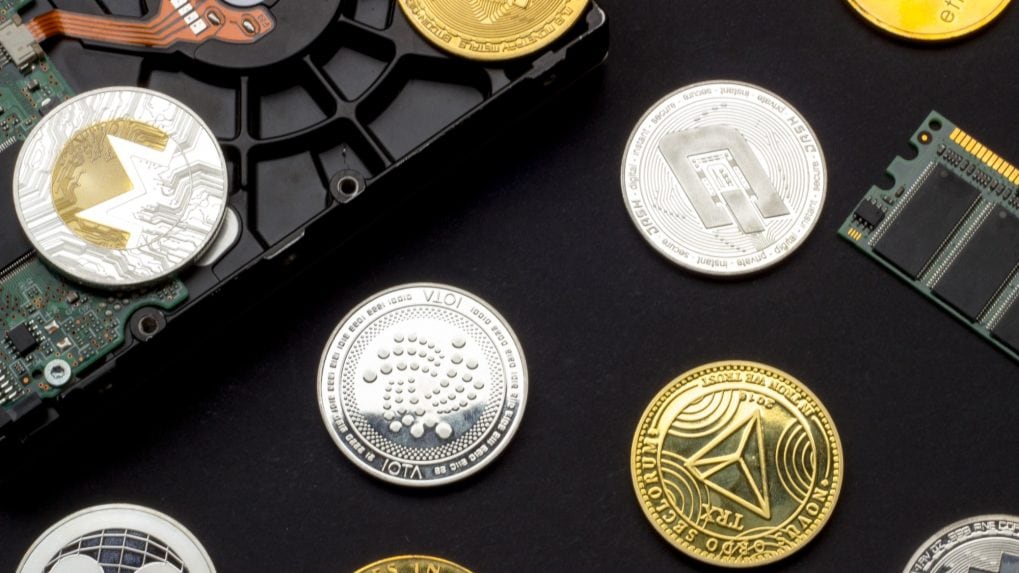
Picking altcoins is slightly different from picking out clothes or choosing a smartphone. It requires a little more thought and a lot more research. But with the proper guidance and knowledge, you should be able to pick and invest in the right altcoins without much of a hassle.
In the PoW system, miners dedicate computing power to process transactions and earn rewards. In contrast, in the PoS system, miners pledge a specific amount of crypto to the blockchain’s development to qualify as authenticators.
How do you pick an altcoin?
Choosing an altcoin requires an understanding of the underlying utility value. Based on their unique functionalities, altcoins belong to various categories:
Mining-based altcoins: Altcoins earned through mining use the traditional PoW system. Here, computing power is dedicated to solving complex mathematical equations to decrypt and scrutinise transaction data. Some examples of mining-based altcoins are Litecoin (LTC), ZCash (ZEC) and Monero (XMR).
Security Tokens: As the name suggests, these tokens resemble traditional securities traded on stock exchanges. They are created to represent either the ownership of a specific security or its dividend. Since the associated asset is tangible, security tokens are usually very attractive for investors as they promise rapid appreciation in value.
Utility Tokens: These tokens are associated with rewards, mining fees, and on-network purchases. However, these tokens do not offer any securities. For example, Filecoin (FIL) is a token used to purchase a decentralised network storage space.
How do you analyse altcoins?
Evaluating an altcoin is extremely important. It involves gathering all the possible information available on the cryptocurrency and the blockchain that it runs on. Here are some things investors should keenly look at when delving into altcoins:
For example, the Bitcoin whitepaper clearly states that it is “a decentralised digital currency, without a central bank or single administrator, that can be sent from user to user on a peer-to-peer network without the need for intermediaries.”
A whitepaper must also be written in flawless English, without which it raises red flags, and the cryptocurrency could be dubious.
In layman’s terms, the altcoin should provide enough incentive to attract investors so that the total supply decreases. High demand and limited supply lead to more demand, which leads to an appreciation in value.
Investors must dig deeper and find out what their background is. The developers’ credentials must be reliable, and if they have worked on successful projects in the past, it is a bonus. The project’s website and LinkedIn page are good places to find this information.
Some popular altcoins
Chainlink: This blockchain has done a one-up on the Ethereum blockchain and uses real-time data to make autonomous decisions. It allows smart contracts to communicate with other application programming platforms and make decisions by factoring in global developments.
Stellar Lumens: This blockchain has been created to unify global banking systems. It connects various disconnected payment platforms like Alchemy Pay and Single Euro Payments Area through a decentralised ledger.
(Edited by : Yashi Gupta)
This news is republished from another source. You can check the original article here



